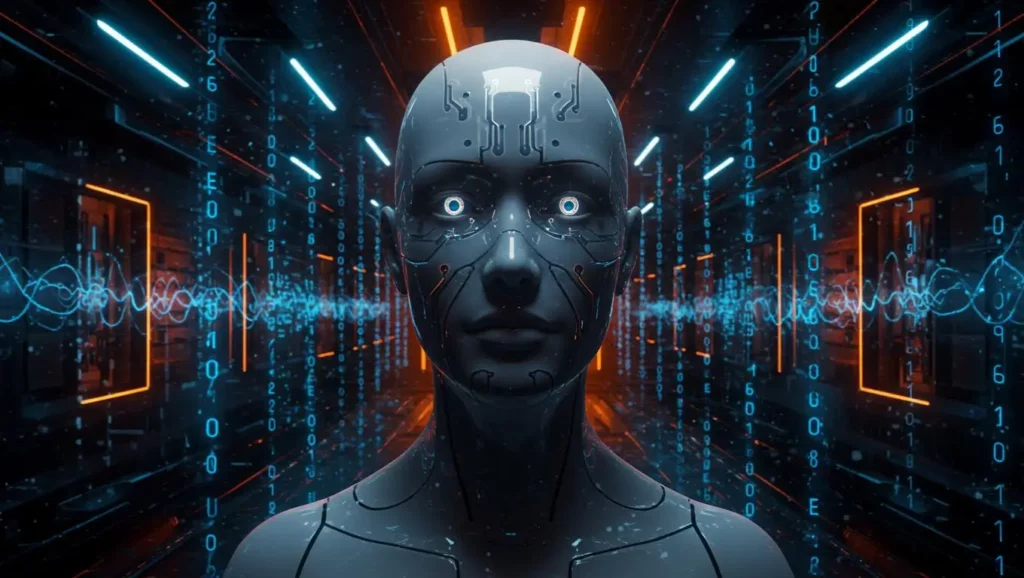AI Returns to the Terminal: The End of Code Editors?
Amid the rapid advancements in artificial intelligence, a quiet revolution is taking place in the background of software development. Gone are the sleek graphical interfaces of code editors. AI is shifting back to the terminal, restoring the classic shell to a central role in developers’ workflows.
This trend, fueled by the rise of agent-based AI, could redefine the future of development.
Until now, tools like GitHub Copilot have become essential companions in modern IDEs. However, a new generation of AI agents—like Devin, developed by Cognition—goes much further. These models can reason step by step, interact with the operating system, and even self-correct without human intervention at every stage.
The popularity of Windsurf, recently reported by TechCrunch, exemplifies this shift. Windsurf designs AI agents specifically tailored to operate in command-line environments, where automation reigns supreme.
The Terminal: An Ideal Playground for AI?
Why this return to the terminal when everything seemed to be heading toward hyper-visualization? Simply put, the shell is fast, scriptable, and frictionless. It aligns perfectly with the strengths of modern AI: executing complex tasks, distraction-free.
Engineers at Google, OpenAI, and other big names are already sharing their experiments with these CLI coding assistants on X. The phenomenon of “vibe coding” is taking shape: you dictate an intention (“deploy a REST API with authentication and logging”), and the AI handles the rest.
Promises, but Also Risks
However, this new approach is not without its critics. A METR study (cited by TechCrunch) indicates that AI tools do not always enhance productivity, particularly among experienced developers. Worse yet, a survey reported by Axios reveals that some users believed they were working faster… when in reality, they were 19% slower.
In the terminal, these risks are amplified. A faulty command generated by AI could delete a critical file, expose a vulnerability, or misconfigure an environment. Many experts argue for sandboxed terminals, which allow AI actions to be isolated from the main system.
Toward a Democratization of Software Development
Despite these limitations, investors strongly believe in the potential. The startup Anysphere, creator of Cursor, an AI-powered terminal, is reportedly valued at over $10 billion. The bet? Enabling anyone—developer or not—to create software simply through natural language instructions.
Meanwhile, researchers from OpenAI, DeepMind, and Anthropic caution about the need to better understand the “internal thoughts” of these AIs, especially in such a permissive environment as the terminal. Traceability, security, and auditability are becoming crucial issues.
The Industry Adapts Rapidly
The major players are not standing still. Google DeepMind has recently hired several former Windsurf employees to accelerate its agent-based strategy. Testimonials on X report AI agents capable of generating code, testing, deploying, and monitoring it from start to finish—all without an IDE.
This transformation is redefining the codes of productivity. For some, it represents a return to the roots of development, where the command line ruled—albeit this time enriched with conversational intelligence.
The Command Line: A New Playground for Artificial Intelligence
The resurgence of the terminal in modern development practices is not just a passing trend. It signifies a paradigm shift, wherein AI autonomy allows for a focus on functional vision rather than technical details. “Vibe coding,” positioned at the intersection of human intuition and machine execution, embodies this revolution.
However, this newfound freedom necessitates robust safeguards, ethical oversight, and absolute transparency regarding the capabilities of these models. For developers, the choice is clear: embrace this turning point or risk being left behind.




